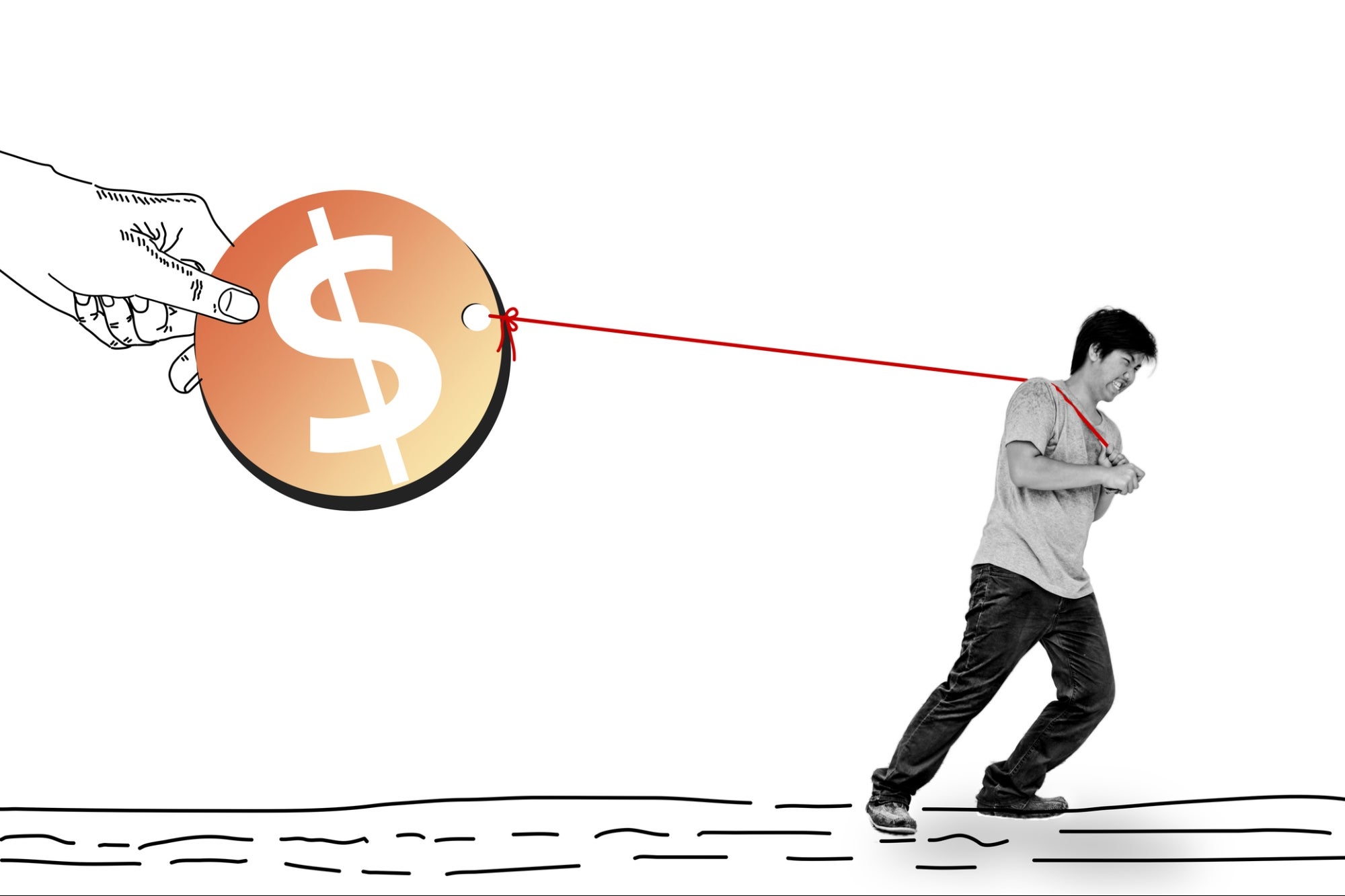Opinions expressed by Entrepreneur contributors are their own.
When you think of a great leader, it’s easy to imagine someone standing in front of a whiteboard, pitching the next big idea. Founders are often celebrated for their creativity and their ability to see what others can’t. And yes, vision matters. It inspires people to follow you, attracts customers and opens doors that didn’t exist before.
But there’s a trap in over-indexing on vision: the belief that more ideas equal more progress. In reality, constantly introducing new directions can leave teams overwhelmed, distracted and unclear about where to focus. Without structure and clarity, vision becomes noise.
In my time at ButterflyMX, I’ve learned that the best leaders know when to step back, not to dream up something new, but to make what already exists better. That’s where editing comes in.
Related: How to Pick Your Best Idea and Leave FOMO Behind
What it means to lead like an editor
Editing is about sharpening the signal, not about cutting for the sake of it. Just as a great editor refines a story to make its core message stand out, great leaders filter ideas, focus priorities and remove friction to help their teams move forward with confidence.
Leading like an editor means asking:
-
What matters most right now?
-
What’s getting in the way?
-
How do we make this simpler, faster or clearer?
It’s not always glamorous, and it rarely comes with applause. But this quiet discipline — the ability to clarify, distill and align — is what turns a good idea into an executable strategy. It’s how leaders move from inspiration to impact.
Simplification drives momentum
A team can only chase so many things at once. When everything feels important, nothing gets done. That’s why simplification is a growth strategy.
Simplification creates focus. It makes goals easier to understand, communicate and act on. It allows teams to say “no” with confidence and “yes” with full commitment. Most importantly, it clears space for progress.
Consider the difference between a leader who says, “Let’s try five different approaches and see what sticks,” versus one who says, “Here’s the one thing we’re going to get right this quarter.” The second approach is sharper. And sharper cuts through faster.
When leaders take the time to edit down their priorities, their teams speed up.
Related: How to Find and Refine Valuable Ideas for Your Organization
Editing the organization itself
Editing doesn’t just apply to ideas; it applies to the organization as a whole. Great leaders are constantly scanning for what’s slowing things down: unnecessary meetings, bloated processes, duplicated efforts or unclear ownership.
A well-edited organization is one where people know what they’re responsible for, communication flows efficiently, and decisions don’t get stuck in endless loops of approval. It’s about cutting friction, not corners.
That could mean replacing a weekly all-hands with a tighter, monthly format. It could mean reworking your onboarding process to focus only on what new hires truly need in their first 30 days. Or it could even mean sunsetting an initiative that no longer serves the mission. Leaders who view their company as a living document, something to constantly refine, create environments that are lean, focused and built to scale.
Knowing what to cut and when
The hardest part of editing? Letting go of something you once believed in. Whether it’s a product idea, a team structure or a long-standing tradition, cutting can feel personal. But great leaders develop the courage to walk away from things that no longer serve the team, even if they were once core to the vision.
That doesn’t mean being ruthless. It means being clear-eyed.
Ask yourself:
-
Is this idea helping us move forward or holding us back?
-
Are we maintaining this because it works or because it’s familiar?
-
If we started fresh today, would we still choose this?
The answers aren’t always easy, but they’re necessary. Editing is about being intentional. It’s how you protect your team’s time, energy and focus.
Related: How Real Leaders Focus on What Really Matters
Editing yourself: The most overlooked leadership skill
Great leadership starts with self-awareness. Before you can edit your company or your strategy, you have to edit yourself, your calendar, your communication and even your instincts.
Ask:
-
Am I jumping in when I should be stepping back?
-
Am I adding complexity when my team needs clarity?
-
Am I solving for urgency instead of importance?
Editing yourself might mean saying less in meetings so others can step up. It might mean blocking off thinking time instead of reacting to every notification. Or it might mean dropping an idea you love because your team isn’t ready for it or because it’s just not the right time.
Vision gets people in the room, and editing keeps them aligned. The best leaders aren’t just idea generators; they’re curators of clarity. They don’t overwhelm their teams with more; they empower them by refining what already exists.
When you lead like an editor, you give your team the greatest advantage: focus. You eliminate noise, double down on what matters and create the conditions for real progress.
Join top CEOs, founders and operators at the Level Up conference to unlock strategies for scaling your business, boosting revenue and building sustainable success.
When you think of a great leader, it’s easy to imagine someone standing in front of a whiteboard, pitching the next big idea. Founders are often celebrated for their creativity and their ability to see what others can’t. And yes, vision matters. It inspires people to follow you, attracts customers and opens doors that didn’t exist before.
But there’s a trap in over-indexing on vision: the belief that more ideas equal more progress. In reality, constantly introducing new directions can leave teams overwhelmed, distracted and unclear about where to focus. Without structure and clarity, vision becomes noise.
In my time at ButterflyMX, I’ve learned that the best leaders know when to step back, not to dream up something new, but to make what already exists better. That’s where editing comes in.
The rest of this article is locked.
Join Entrepreneur+ today for access.








